Earlier this summer, Zenith hosted collectors and enthusiasts at its Master of Chronographs exhibition in New York. During the special three-day pop-up exhibit and watchmaking clinic, the Swiss watchmaker hosted hands-on demonstrations of chronograph movements and displayed a room full of historical Zenith chronographs.

We spoke with Zenith CEO Julien Tornare during the event to learn more about the purpose of the exhibit. His responses are below.
IW: What do you hope people will learn about Zenith when they see this exhibition?
Julien Tornare: If they know about Zenith, then they probably already know about the El Primero. But they may not know about our history before 1969. My objective is to show that starting from the end of the 19th-Century the race for precision and chronometry began. That’s how we got to the El Primero.
In the 1960s we did not wake up and suddenly decide we were going to make super precise integrated chronographs. No. This started much earlier in the minds of our watchmakers.
This exhibit is to show existence of our heritage and where we got to where we are today.
At the turn-of-the-century, the only argument for the best watches focused on the most precise. In those days precision not only meant accuracy but also security. Sometimes it was a question of life or death, for example in an airplane or in a train it was very important to be precise.
There was no digital backup or satellite at that time. That was the ultimate proof of quality. Zenith has won with so many chronometry prizes, 2,333, out of which 233 or ten percent, were won by the Caliber 135.
Today most clients aren’t going to check the super precision of their watches. During those years this was key and Zenith was the leader. In this exhibition we display this point clearly.
Is Zenith planning additional vintage caliber projects similar to the Caliber 135 Observatoire Limited Edition with Kari Voutilainen?
I wish we had more of these. This is unique. When we started the project we begin talking about the commercial versions of the Caliber 135. But the extra-specialized versions of that caliber, which were made strictly for racing contests, will never be done again.

We have only a limited quantity of those. We use these to get them on people’s wrists because we believe this is the best testimony to our incredible past achievements. The remaining pieces we will keep in our museum. All of the recent debut pieces are already sold out.

We will however have one more unique piece later this year with a different material, and a different dial, also by Kari Voutilainen. Phillips will auction that piece at the end of the year.
Many people wrote to me to obtain one of the ten limited-edition pieces. I told them you still have a chance when this piece comes to auction later this year.
Have the Skyline and new Chronomaster debuts met with your sales expectations in stores?
The Chronomaster Sport we cannot deliver fast enough. Our Defy Skyline is also very much in demand. The Chronomaster Open is just hitting the market now.


Is the Zenith Icons program growing?
This is a fantastic program, one of the most exciting projects we have started. It is more than a project, it is happening. But we don’t produce those watches so we have to look for them and acquire them. The main challenge is the sourcing. Most of the time we have to find their watches and go to acquire them.
Last year, we acquired between twenty-five and thirty watches and ninety percent of those sold out. So if you go to one of the five Zenith boutiques today where we have these icons, you will see a few, but many of them are empty. Sold out.
We cannot produce these, so this is a great concept but we need to acquire more of the pieces. We are fully prepared with the restoration capabilities.

The Zenith Defy A364-2 revives a 1969 Defy nicknamed the ‘bank vault” due to its rugged construction.
What are collectors looking for among the vintage Zenith pieces?
They are looking for a nice vintage watch that they know it is fully guaranteed and restored and certified by the brand. Many of them have purchased a vintage watch at auctions in the past. Or they bought them on other resale sites.
And when they receive their watch, it was not working properly. Or they realize much later that some of the parts in those watches are not genuine.

So we thought why not guarantee that you were getting something fully perfect. I’m not excited as much about the revenue from this project, but more about the concept and the message we give to our clients.
What is that message?
The message is that Zenith does commit. We will restore and repair every single watch since day one. You know there are some brands that just will not repair their own watches after twenty or thirty years. I don’t want to do that. I want to be sure that if anybody buys our watches, old or new, we can always restore them.
That is a strong message. The inspiration is there. When one of our employees is wearing an A386 from 1969, and we want to sell a new Chronomaster Original, the speech is right there. Just the presence of the vintage pieces in the stores will help sell the new pieces.

Are the late 1960s pieces currently most in demand among the vintage items?
Yes, primarily the A386, A385, A384. We are just starting to see interest in some of the vintage Defy pieces. The A277, the earlier Chronomaster Sports.
Next year we will begin the new generation of pilot watches, so I expect vintage pilot watches to also come back in demand.

Why should a watch collector today choose a new Zenith Watch?
When you buy a Zenith you buy three things. You’ve buying a brand that has a strong heritage. And when you get to know the brand, our history is so rich. This is a very important and it speaks to our legitimacy.

Second, look at our authenticity. At Zenith I can tell you that all of our stories are authentic. There are other brands that are successful commercially based on good marketing. Do you want to buy a marketing story or a true story?
Finally, we express our history in a very contemporary manner. We have, for example, the big Defy Extreme but also the Caliber 135, which is super elegant and decorated by Kari Voutilainen. We can do both of these things. We have the heritage, we focus on authenticity – and we exist in the 21st-century.




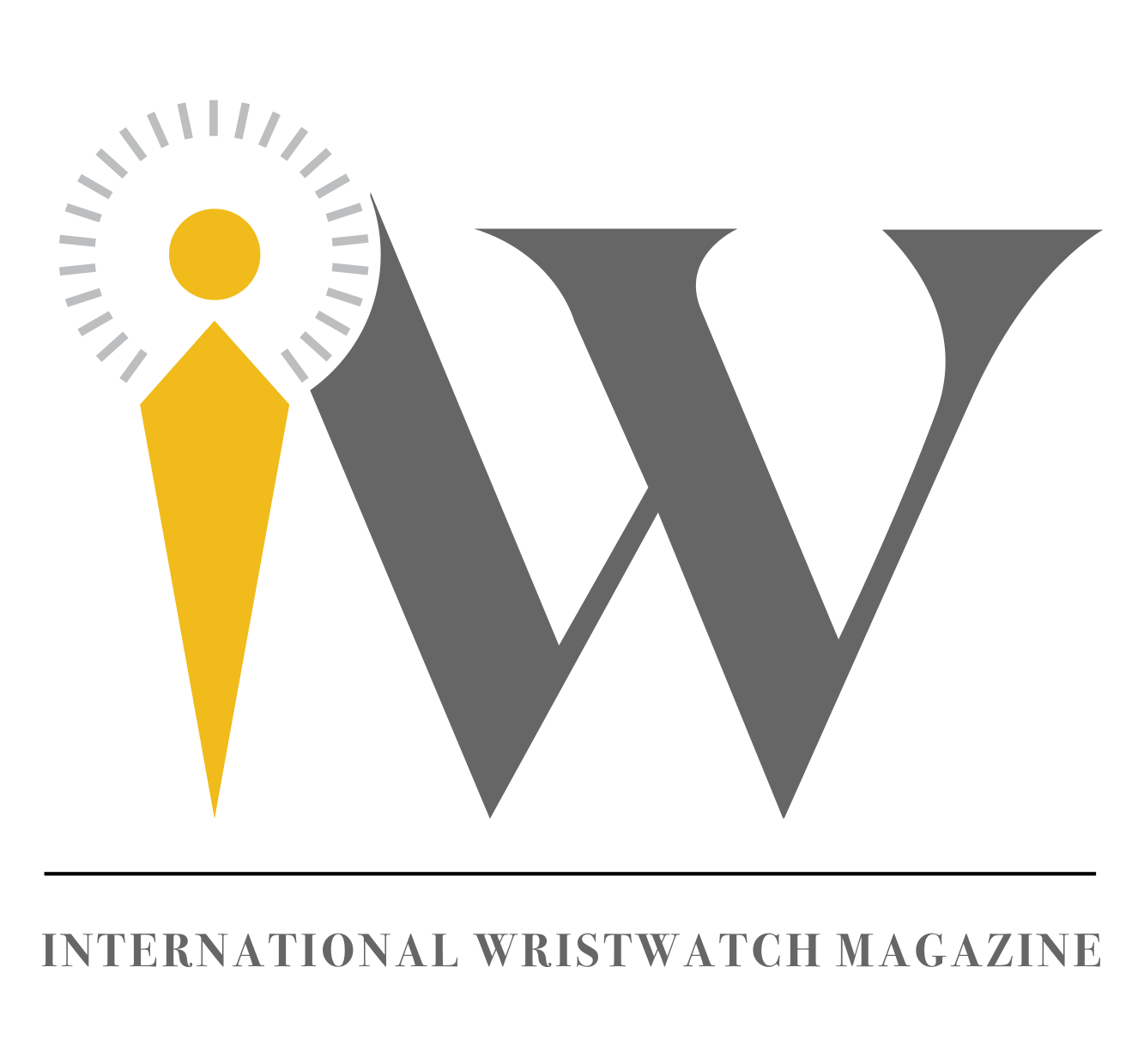













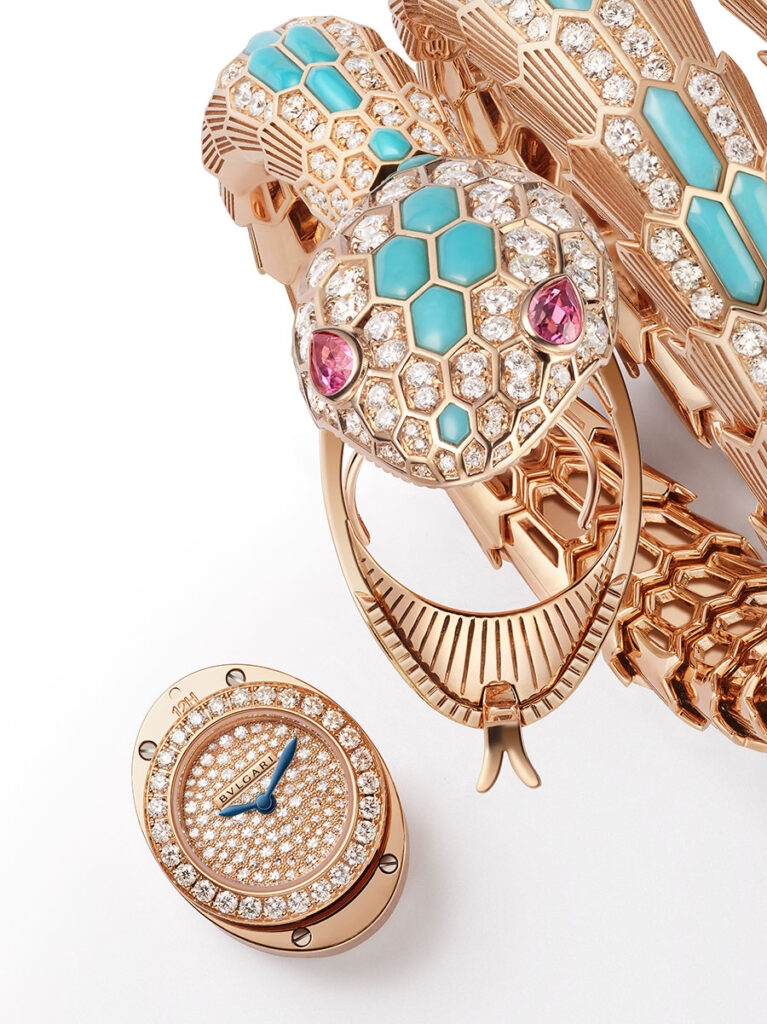
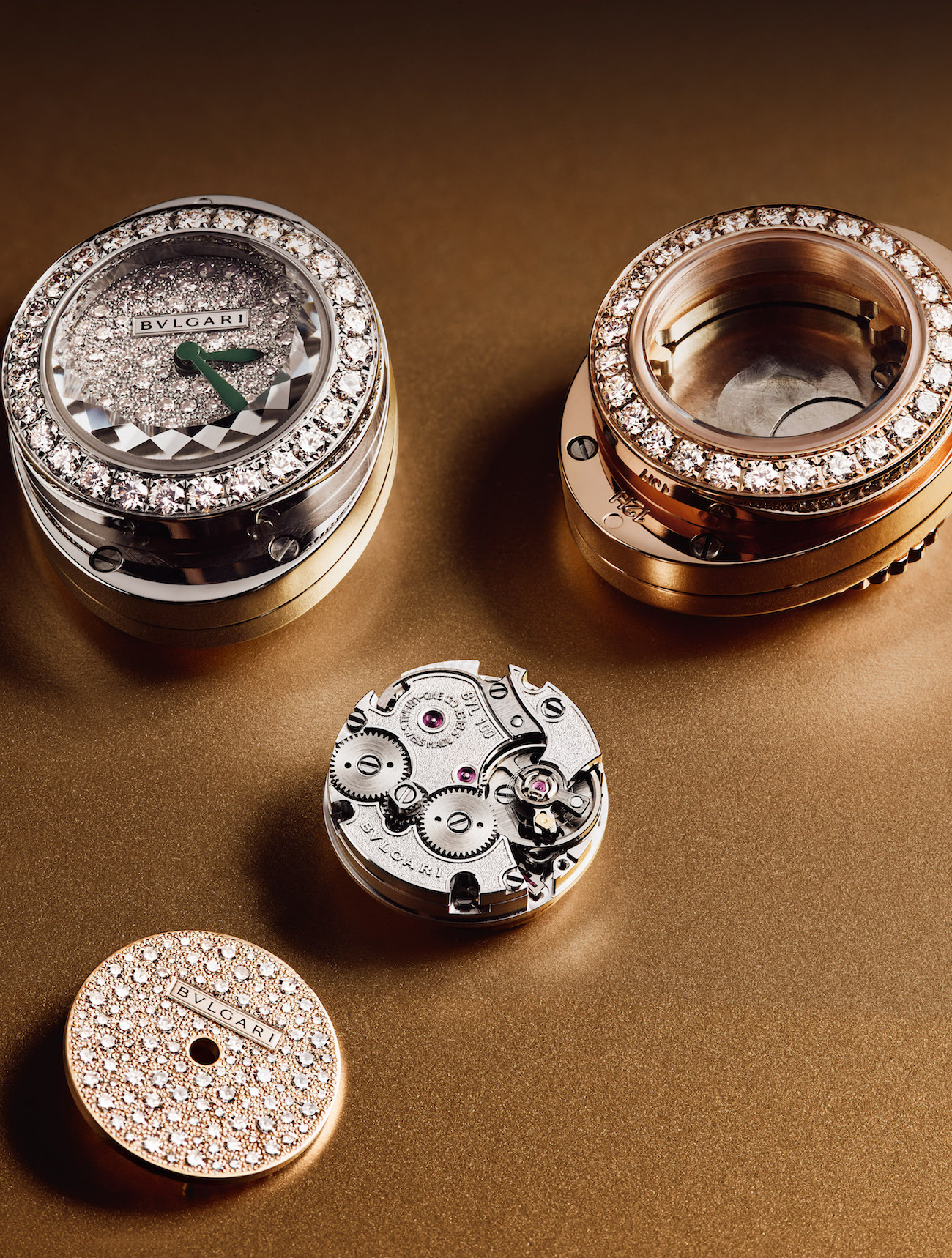
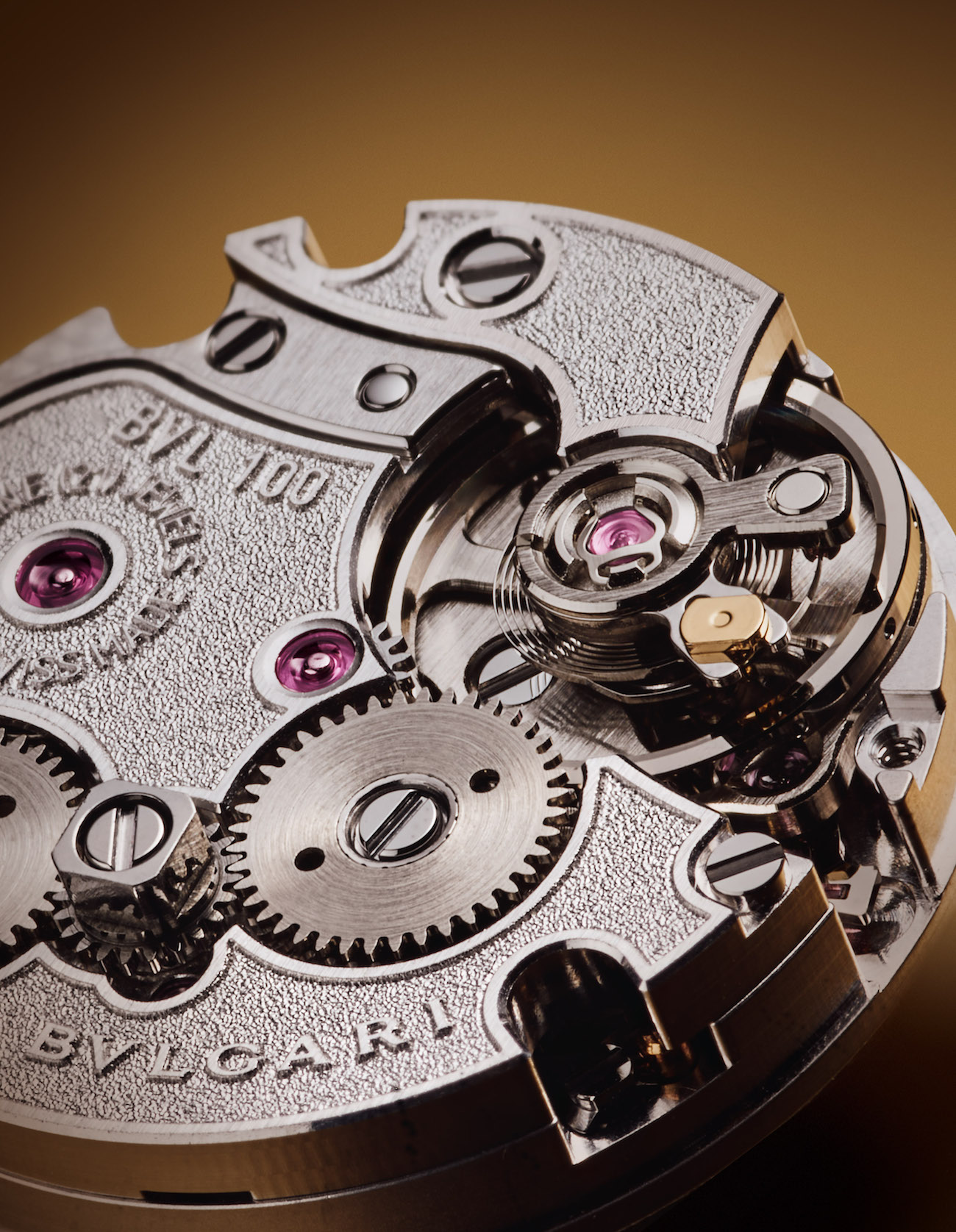
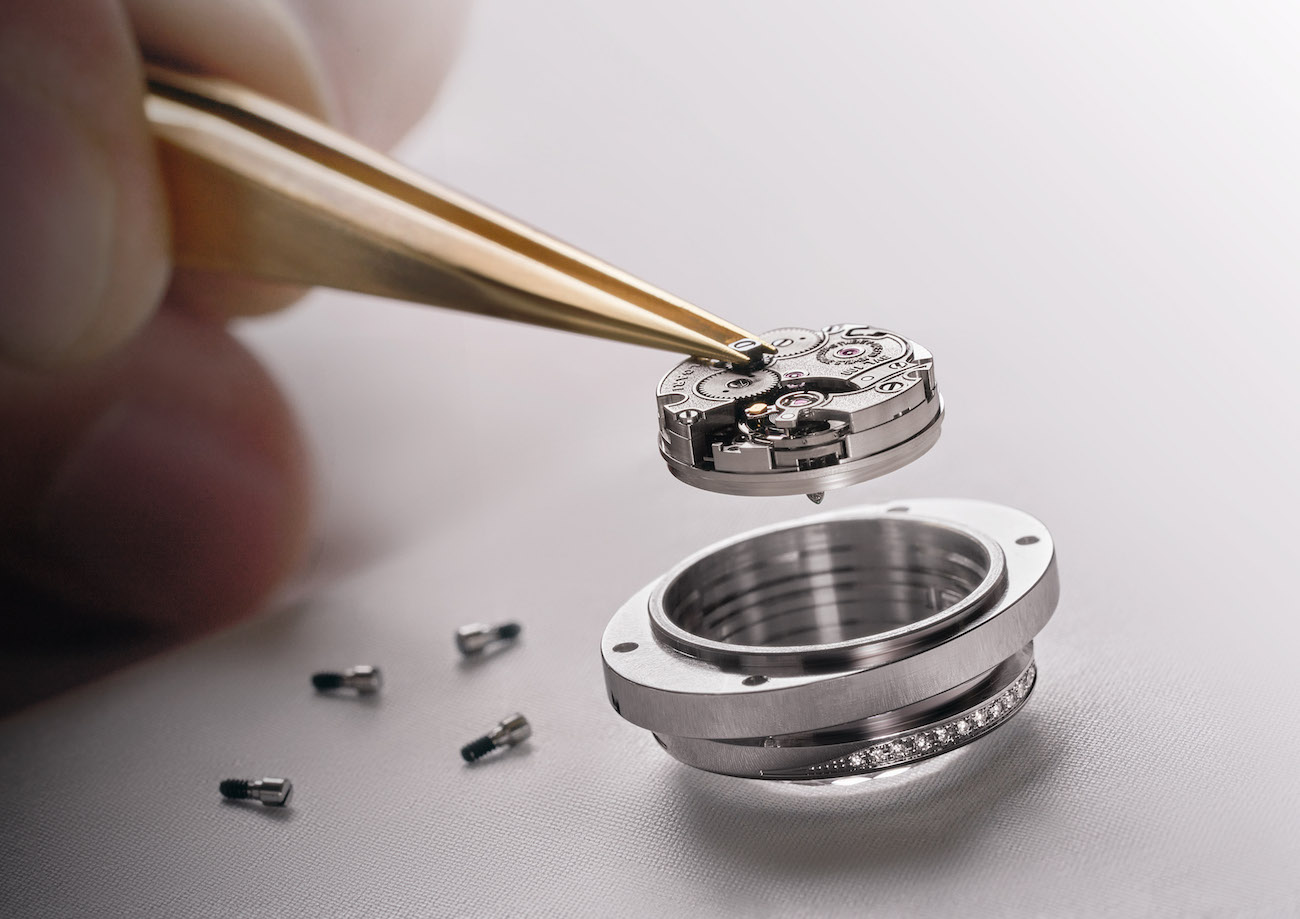
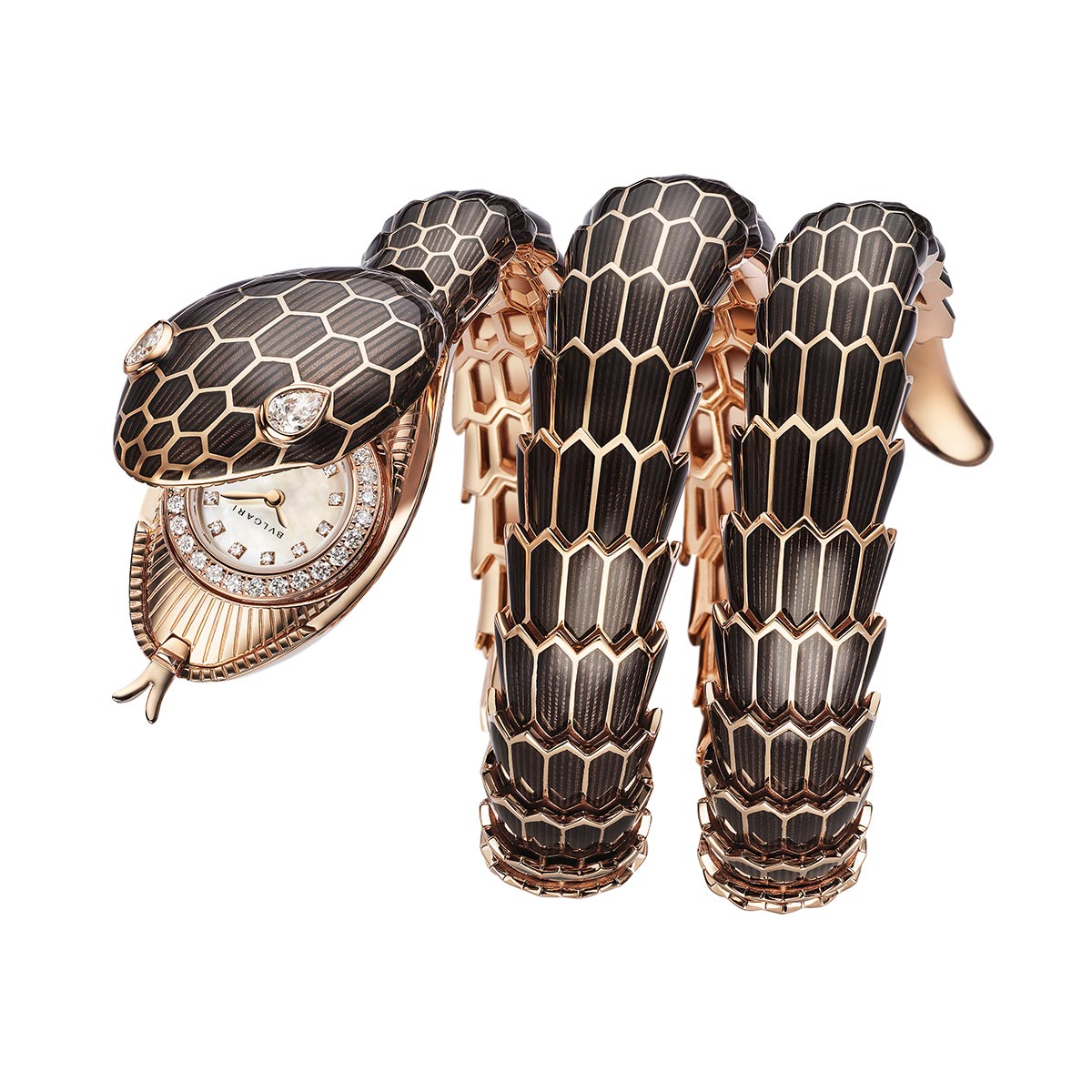
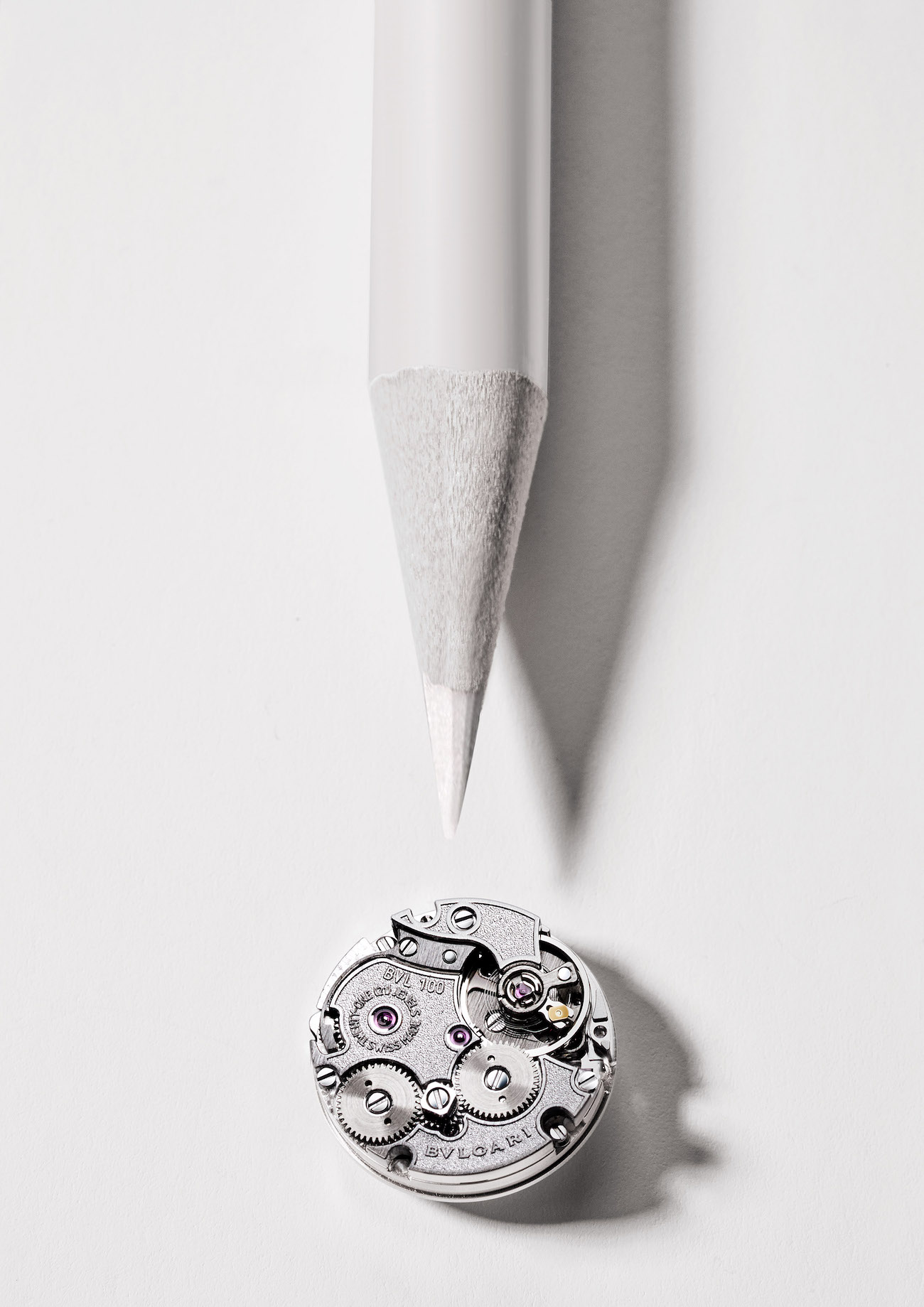
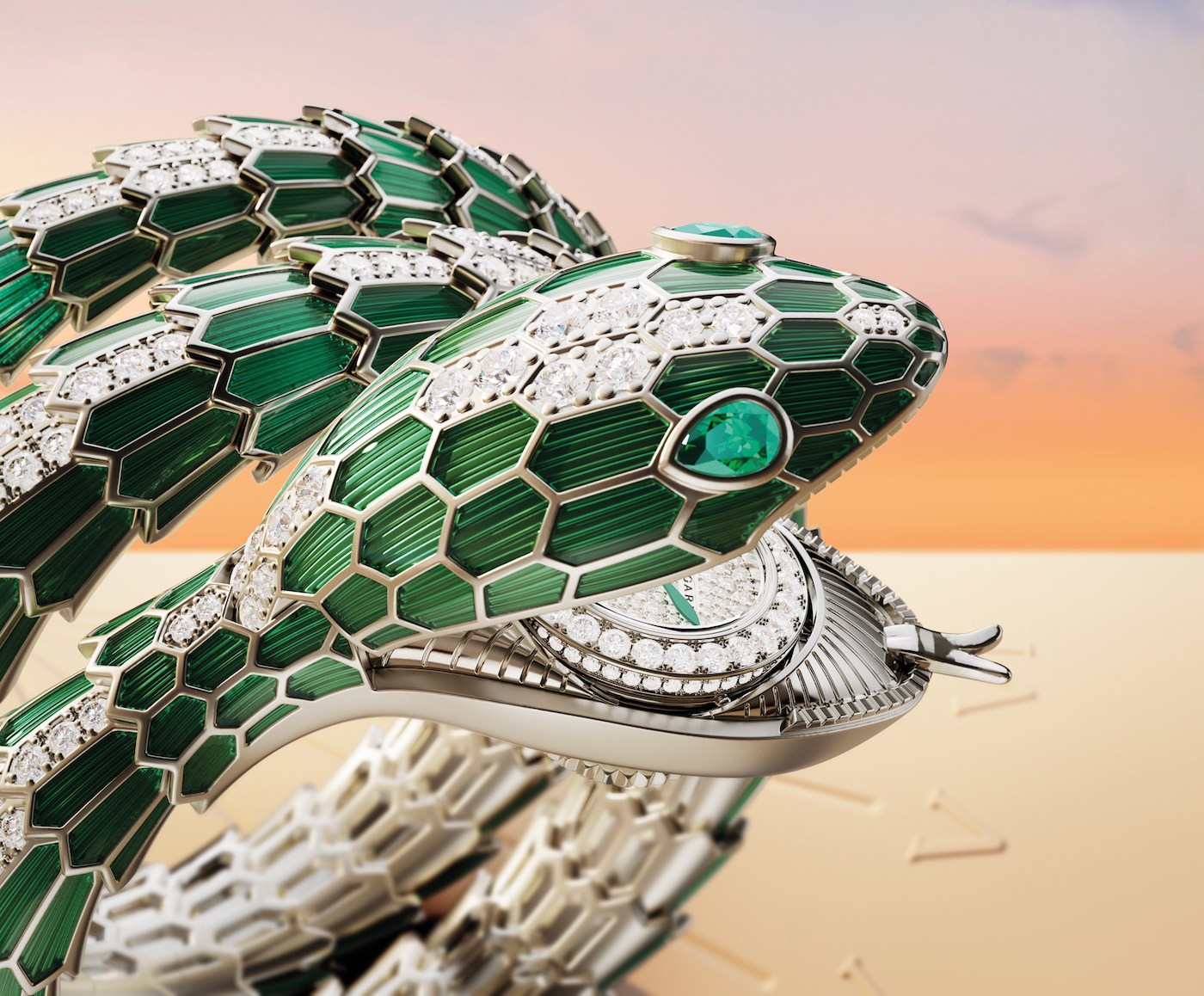
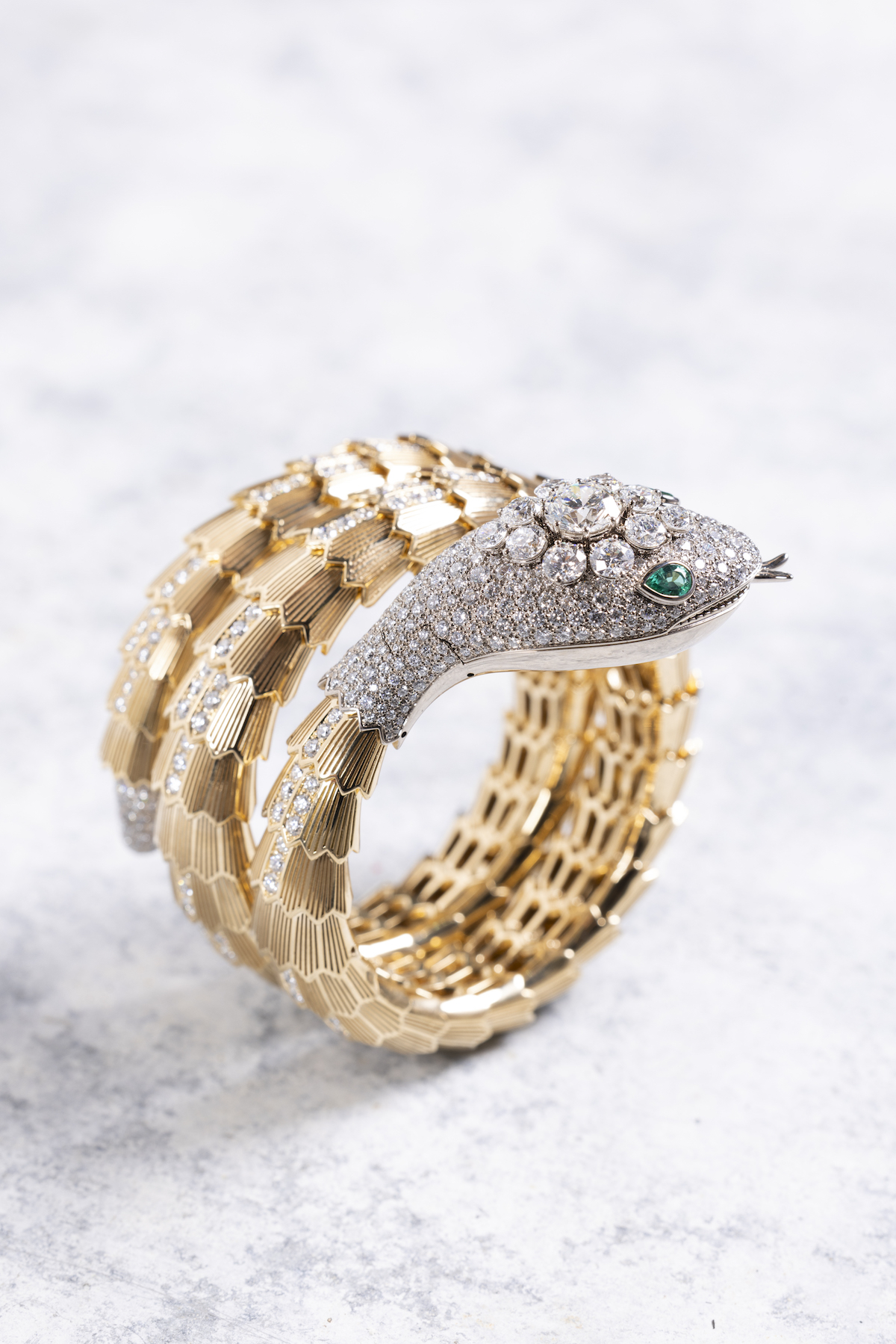


 Prominent single stones of tourmaline, tsavorite, diamonds, rubellite, amethyst, tanzanite and topaz flank the watch’s diamond-set flying tourbillon and the balance at the center.
Prominent single stones of tourmaline, tsavorite, diamonds, rubellite, amethyst, tanzanite and topaz flank the watch’s diamond-set flying tourbillon and the balance at the center.





